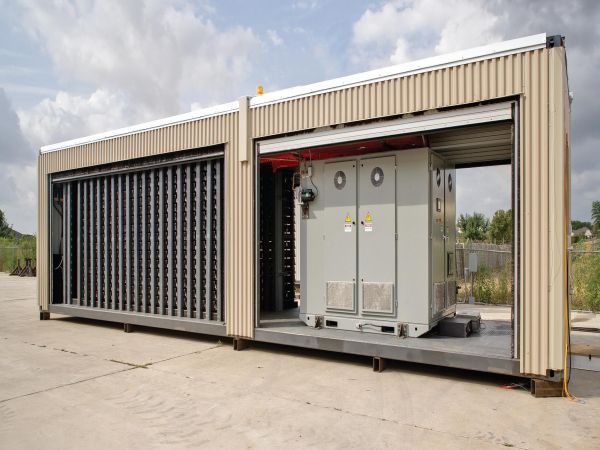
We all can sense that energy storage market will have a prominent place in the future market, but how much share will it occupy and what value will be ascribed to it , still remains unanswered. Whether developers will be able to give us reliable and affordable energy stores; can still not be decided. Will this market segment will be lucrative for retailers or not is also a thing to look out for. The Electric Power Research Institute (EPRI) made an extensive research on this issue and is out with its report. The report gives all details about the pros and cons of the energy storage sector. The costs involved, the benefits and things to be avoided are discussed in the report. According to the predictions made by EPRI, 2012 will be the landmark year for energy storage industry. An estimated $250 million of funding would have been made by then to this industry. Especially meant for retailers and wholesalers, some important points are listed below.
1.Pumping water is tried and true

An ancient approach of running generators by pumping water in a reservoir has now found place in the present grid energy market. A global total of 1, 27,000MW is being generated using pumped hydro. The market share is estimated at an unbelievable 99 percent. Followed by compressed air, with 440MW and sodium sulfur batteries with 316 MW, then lead acid batteries with just 35MW and lastly by nickel cadmium batteries with 27MW account for the remaining market share. Also a very minute contribution is made by flywheels, spinning disc and lithium-ion batteries.
2. Overall too expensive

For achieving widespread application and adoption of energy store, high costs have to be incurred. To estimate the potential size of the market EPRI has studied the different perspectives of both consumers and grid operators. This will allow them to calculate an approximate price point, where the price and the two main stakeholders i.e. the grid operators and consumers will all coincide. If the pricing will be determined using market forces of demand and supply, then it is obvious that for higher demand there will be higher price. Going by the estimates of EPRI, the price for the US market will be around $700-750 for every kilowatt. With this budget a capacity of 14GW can be achieved. Just if the price would fall down to $500, USA could almost double the target.
3.Costs vary greatly

For various types of storage systems, costs will vary according to the size of the storage system, time span for storage and also how they will be used. Compressing and storing electricity underground can be the cheapest options for supporting megawatt scale systems. Cost of compressed air technologies could range between $60 to $125 per kilowatt hour or in terms of cost per kilowatt, it will range between $960 to $1250. The most expensive systems are those that use lead acid batteries; their cost lie anywhere between $950- $1590 per kilowatt. The lithium-ion batteries would cost $1085 to $1550 per kilowatt. Lastly flywheels would range from $1950 to $2200 per kilowatt.
4.Where are the revenues?

Investment will only be done if corresponding revenues are worth the effort. Retailers will be attracted towards storage only if they expect revenues. Wind energy is an attractive option; wind energy production can reach its peak during night and this can further constrict the electricity pricing that is at a low rate given the night time. Store the wind during the night when least in demand and releasing it during the peak demand time. This will fetch good revenue to the retailers. According to the EPRI, other renewable sources like the solar energy could also be tapped for retailing, but since a centralized solar energy system is not in place, it might not be so profitable. The rising demand for Electric cars will also give boost the demand and supply and hence will be lucrative for the retailers.
5.The cost of energy systems over time

Gauging the installation cost is not the only criteria; one has to keep in the mind the operating cost over the entire life span to determine feasibility. After inspecting closely EPRI claims that pumped hydro and below-ground compressed air are the least expensive renewable energy utilities. The least cost being below 20 cents per kilowatt hour for the two. This is followed by zinc bromine and zinc air batteries that will cost 20-30 cents per kilowatt hour. Lead batteries are the most expensive, costing around 40 cents per kilowatt hour to even around $1 per kilowatt hour.




